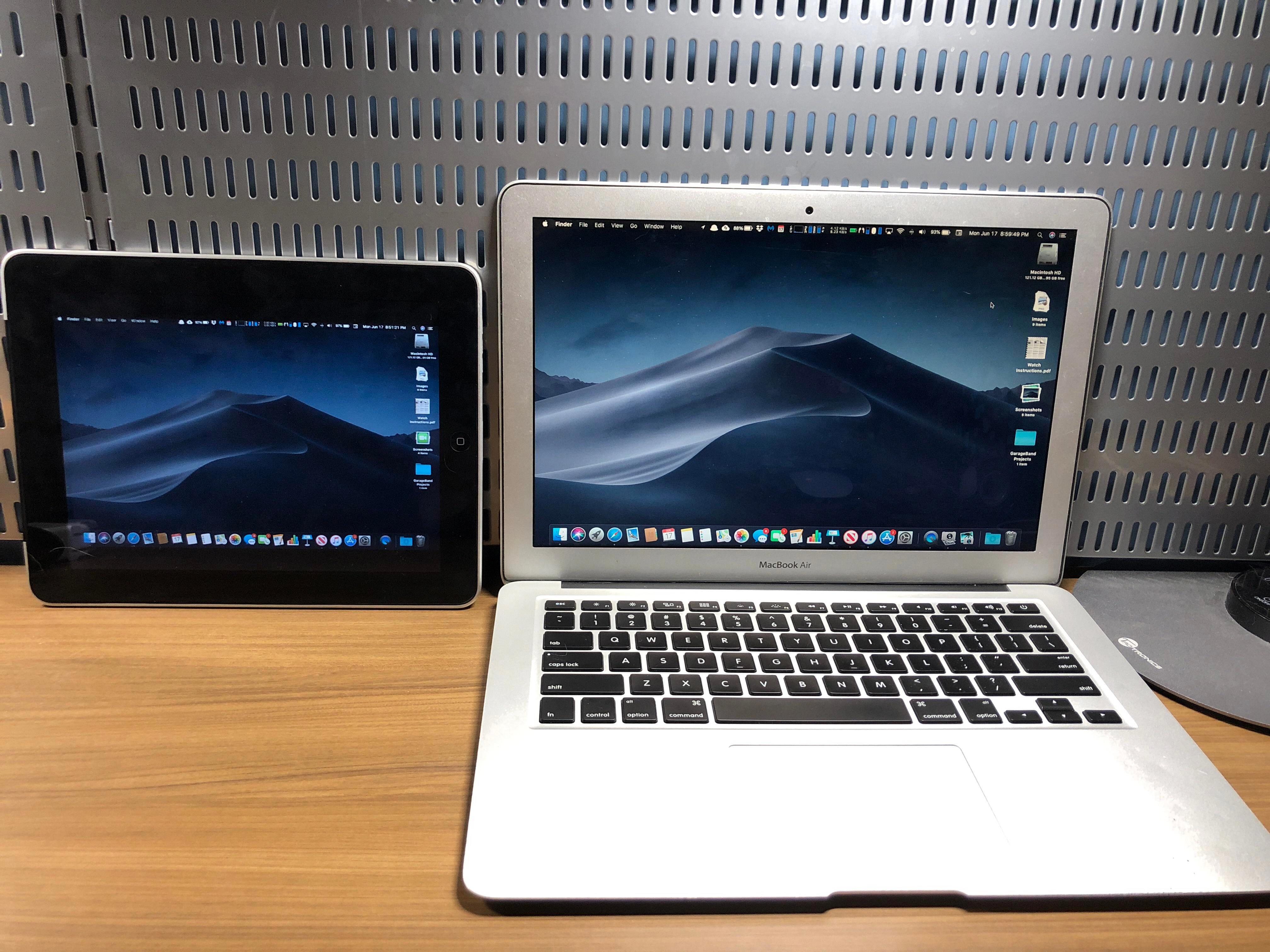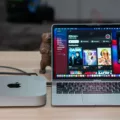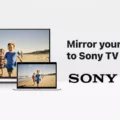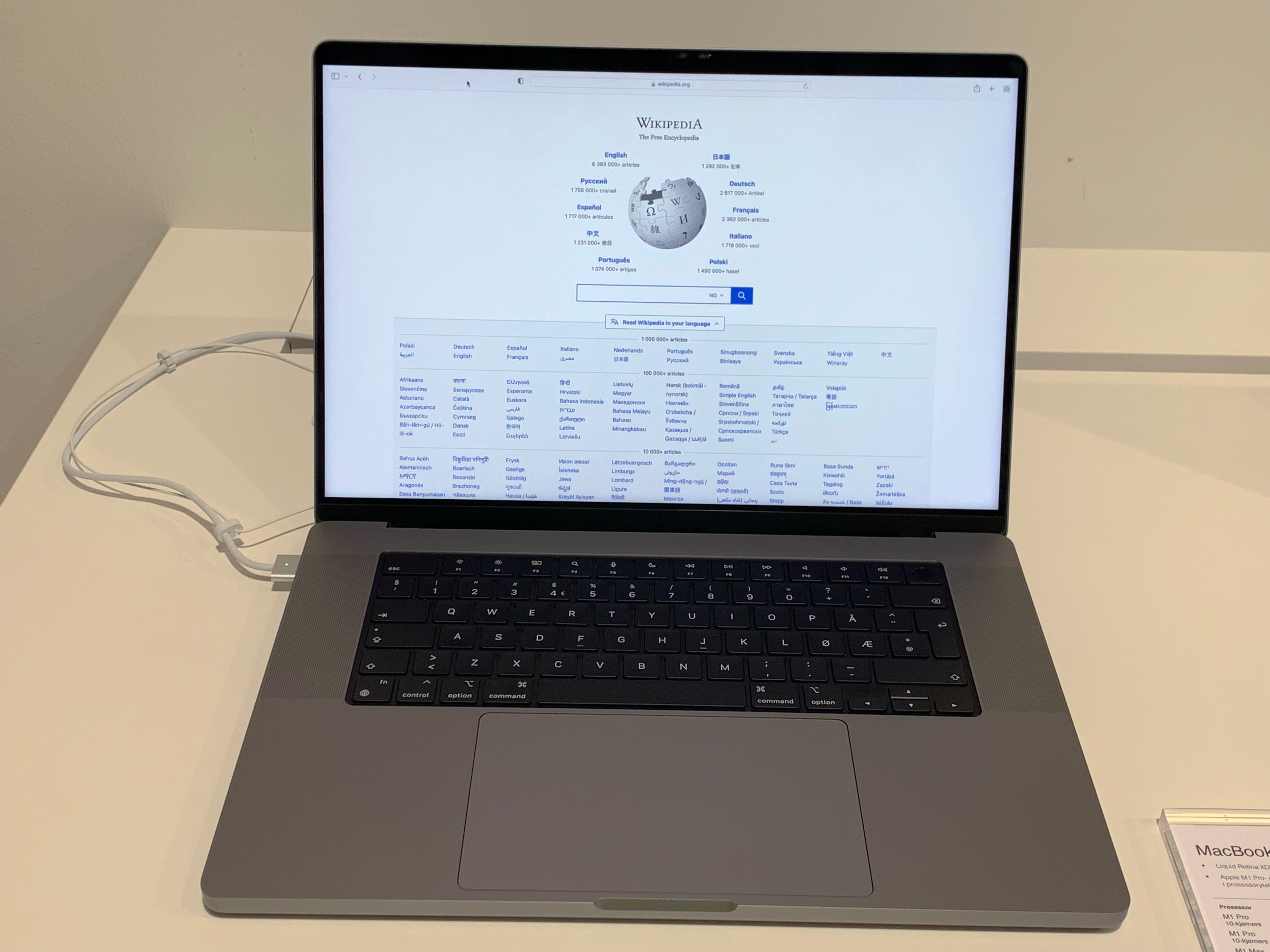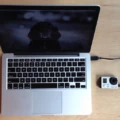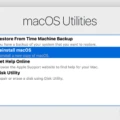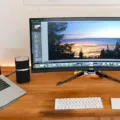Connecting your MacBook Pro to an HDTV or external display can be a great way to watch your favorite movies, videos, and photos on a bigger screen. But in order to do so, you’ll need an HDMI cable. HDMI cables are available in a variety of lengths and colors, so you can find one that fits your needs.
Once you have the proper cable, connecting your Macbook Pro to the TV is quite simple. First, start-up both your Macbook Pro and the TV. Then use the HDMI cable to connect them to the two HDMI ports (usually found on the back of each device).
Once connected, switch your TV’s input source to the port to which your Macbook Pro is connected to. You may need to consult your TV’s user manual for specific steps on how to change input sources. After changing the source, you should see your Macbook Pro’s screen mirrored on the television screen.
If you ever want to disconnect from the TV and just use your Macbook Pro again, simply disconnect the HDMI cable from both devices and then switch back to your original input source on the television set using its remote control or user manual.
Using an HDMI cable is an easy and effective way of connecting devices together for video/audio playback purposes such as between a MacBook Pro and a television set. With just a few simple steps and some basic knowledge of how these types of connections work, anyone can easily connect their devices via an HDMI cable!
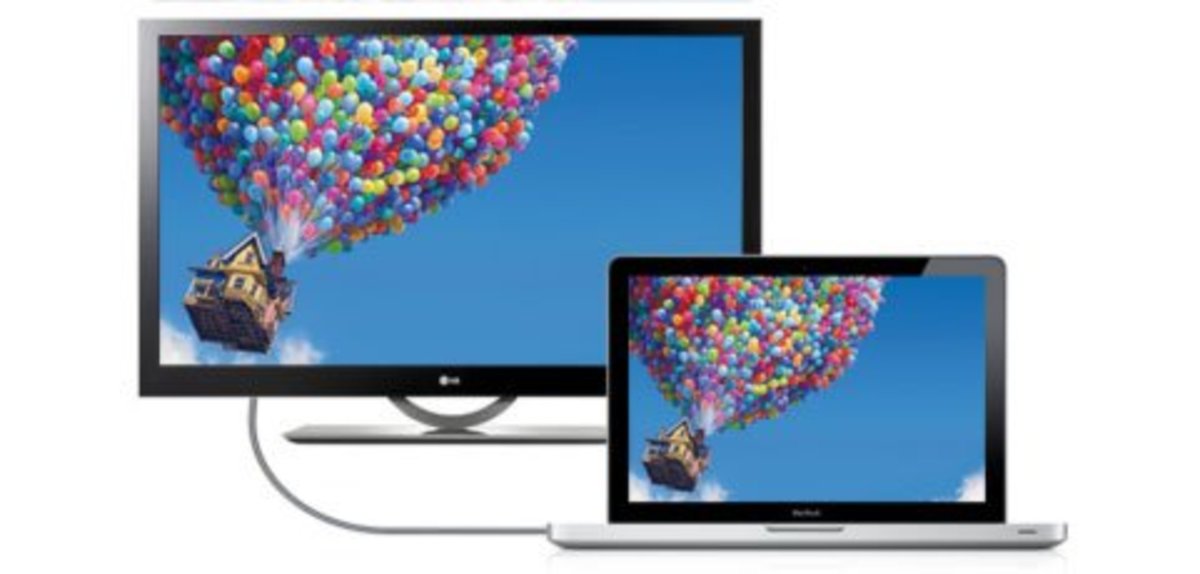
Troubleshooting Mac Connection Issues with HDMI
There can be a few different reasons why your Mac won’t connect to your TV with HDMI. The most common causes are driver issues, an outdated firmware version, incorrectly configured settings, or an incompatible HDMI cable. To troubleshoot the issue, first, check that your HDMI cable is firmly connected to both your Mac and TV. Then make sure that you are using an HDMI 2.0 compatible cable. Next, check if the latest drivers for your Mac and TV are installed. If not, download and install them from the manufacturer’s website. Finally, double-check that the audio and video settings on both devices are configured properly. If the problem persists after these steps, contact Apple support for further assistance.
Can MacBooks Connect to HDMI?
Yes, MacBooks can connect to HDMI. To do so, you will need an HDMI cable with an appropriate connection on both ends. The MacBook Pro has a Mini DisplayPort or Thunderbolt port, so you will need an HDMI cable with a Mini DisplayPort/Thunderbolt connector on one end and an HDMI connector on the other end. Once connected, your MacBook Pro will be able to output video and audio to the connected HDTV or external display.
Connecting a MacBook to a TV Without Apple TV
Connecting your MacBook to your TV without Apple TV is actually quite simple. First, you’ll need to make sure that the ports on your MacBook and TV are compatible – most modern TVs have an HDMI port, so you’ll likely need an HDMI cable for this connection. Once the cable is connected, go ahead and switch your TV’s input to the correct source (the one that your Mac is connected to). Then, depending on your TV’s settings, you may need to enable “Screen Mirroring” or “Duplicate Display.” If successful, the contents of your Mac’s display will be mirrored on the TV. If this doesn’t seem to work rigt away, refer to your Mac and TV manuals for more information.
Troubleshooting HDMI Connection Issues with a TV Screen
There are a few possible reasons why your screen is not showing on your TV with HDMI. First, make sure that the HDMI cable is firmly connected to both the TV and the device you are trying to connect to the TV. If it is, then check if the TV is set to the correct input for receiving an HDMI signal. Most TV remotes have an Input button that cycles through all available inputs. Press this button until you see the correct HDMI input displayed on your TV. It’s also possible that your device may need to be configured properly in order for it to work properly with your TV, so make sure you have followed any setup instructions that came with it. Finally, if none of these solutions work, then it might be worth checking if there are any firmware updates available for either your device or your TV.
Connecting a Mac to a TV
To display your Mac on your TV, you’ll need to connect the two devices with a video cable. Depending on the types of ports available on your Mac and TV, you can use an HDMI cable, Thunderbolt cable, or DVI cable. First, connect one end of the video cable (or an adapter, if necessary) to the computer’s Thunderbolt port, HDMI port, or DVI port. Then connect the other end of the cable to the TV’s video input port. Once you’ve successfully connected the two devices with a video cable, you’ll need to enable display mirroring on your Mac by opening System Preferences and selecting Displays. Lastly, select your TV from the list of devices in Display Preference, and voila! Your Mac should now be displayed on your TV.
Sharing Mac Screen on TV
To show your Mac screen on your TV, first, open the Control Center by clicking the icon in the menu bar. Then, click the Screen Mirroring icon and select your Apple TV from the list of available devices. If prompted, enter a four-digit code on your Mac. To set whether your desktop should mirror or extend your Mac’s display, click the Screen Mirroring icon again and select either Mirror Built-in Display or Use As Separate Display. Once you have selected one of these options, your Mac screen will be displayed on your TV.
Connecting a MacBook to a TV Without a USB
If you have a MacBook with an HDMI port, connecting your device to a TV is possible without having to use USB. All you need is an HDMI cable, which you can find at most electronics stores. To connect your MacBook to your TV, simply plug one end of the HDMI cable into the port on your MacBook and the other end into the HDMI port on your TV. Once connected, you should be able to see everything displayed on your MacBook on your television screen.
Connecting a Mac to a TV Without Wi-Fi
To connect your Mac to your TV without Wi-Fi, you need to use a high-speed HDMI cable. First, make sure your TV and Mac are both turned off. Connect one end of the HDMI cable to the HDMI port on the back of your Mac. Then, connect the other end of the HDMI cable to an available HDMI port on your TV. Once both ends of the cable are securely connected, turn on both your Mac and TV. Finally, choose the Apple TV from the AirPlay status menu. You may be asked for a code; enter it and you should be connected!
Conclusion
In conclusion, connecting your Mac to an HDTV or external display with an HDMI cable is a quick and easy solution. HDMI cables are available in many different lengths and colors, so it’s easy to find one that fits your needs. Additionally, once the cable is connected, you can easily mirror your Mac screen onto your TV. This makes it simple to share movies, show photos, and more with friends and family.

